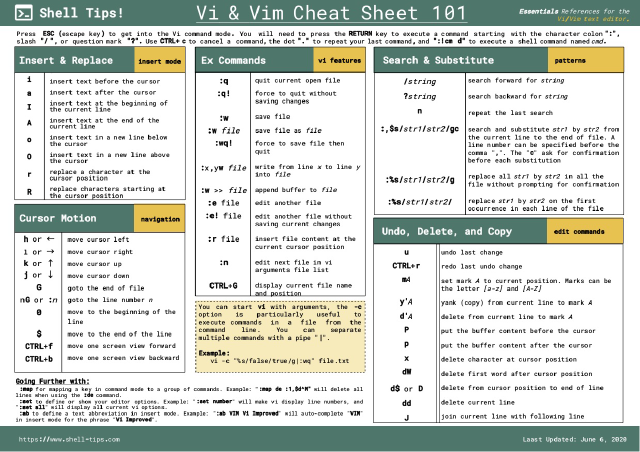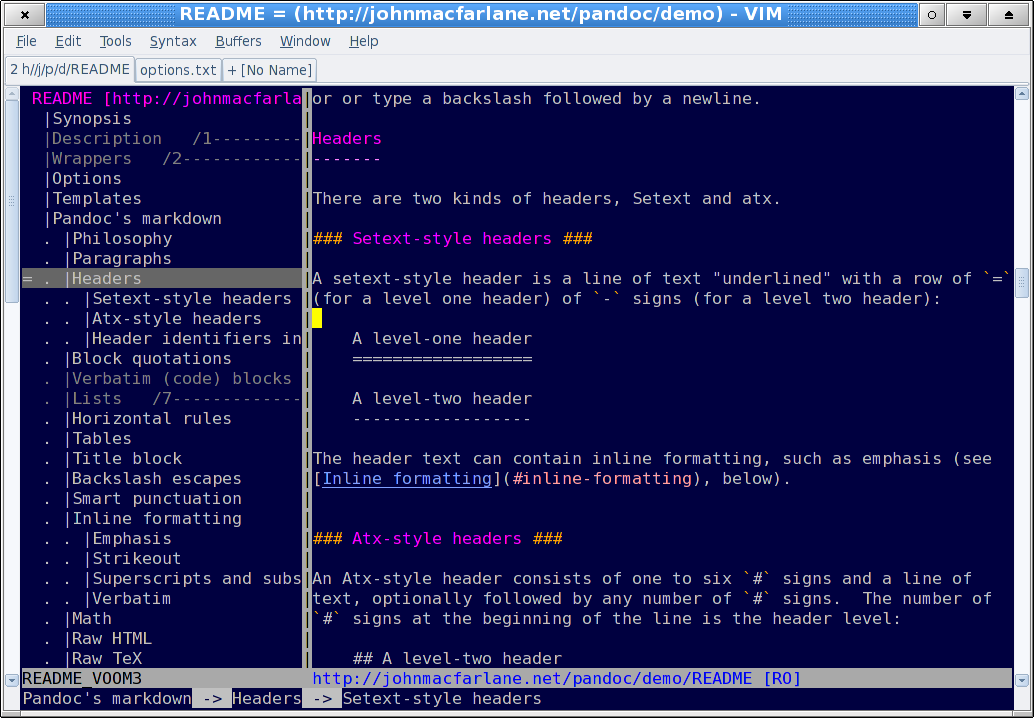

- #Vi remap keys to work in replace mode in vimr portable
- #Vi remap keys to work in replace mode in vimr software
- #Vi remap keys to work in replace mode in vimr code
History Creation Bill Joy, the original creator of the vi editor A 2009 survey of Linux Journal readers found that vi was the most widely used text editor among respondents, beating gedit, the second most widely used editor, by nearly a factor of two (36% to 19%).
#Vi remap keys to work in replace mode in vimr software
In addition to various non– free software variants of vi distributed with proprietary implementations of Unix, vi was opensourced with OpenSolaris, and several free and open source software vi clones exist. The name is pronounced / ˌ v iː ˈ aɪ/ (the English letters v and i).


The name "vi" is derived from the shortest unambiguous abbreviation for the ex command visual, which switches the ex line editor to its full-screen mode.
#Vi remap keys to work in replace mode in vimr code
Some current implementations of vi can trace their source code ancestry to Bill Joy others are completely new, largely compatible reimplementations. It was not until version 2.0 of ex, released as part of Second BSD in May 1979 that the editor was installed under the name "vi" (which took users straight into ex's visual mode), and the name by which it is known today. Bill Joy's ex 1.1 was released as part of the first Berkeley Software Distribution (BSD) Unix release in March 1978. The original code for vi was written by Bill Joy in 1976, as the visual mode for a line editor called ex that Joy had written with Chuck Haley.
#Vi remap keys to work in replace mode in vimr portable
The portable subset of the behavior of vi and programs based on it, and the ex editor language supported within these programs, is described by (and thus standardized by) the Single Unix Specification and POSIX. Vi (pronounced as distinct letters, / ˌ v iː ˈ aɪ/) is a screen-oriented text editor originally created for the Unix operating system. On some lines the cursor jumps three characters to the right. The cursor should always stay in the same column but it doesn't. Try this in your settings.json file: go onto the first letter of any line, this is the character right of a " and then move up and down using the arrow keys or j and k. I also detected that cursor movement in normal mode is also not really good, especially up and down.

What I expect is: should always and under all circumstances terminate the insert mode and switch to the normal mode, where keys like h or j or k or l should do a reliable cursor movement. Why? I also see a visible selection being displayed for a short moment. Sometimes the cursor moves to the expected position, sometimes it moves somewhere else. It's just not reliable, sometimes the insert mode is terminated, in the most cases it is not. "vim.insertModeKeyBindingsNonRecursive": [īut it doesn't work very well. In VSCodeVim/Vim this should look like this: (also some more keys like Home, End, PgUp and PgDn) So I normally remap the cursor keys in insert mode as follows: I find this more obstructive than helpful. But many vi emulations remain in insert mode after pressing a cursor movement key. ), not any text, this is my experience for 30 years now. In the very most cases after I moved the cursor I want to type a command ( cw, ct, cf, dt, df, yw, Y, p, P or in many many cases just. Generally I'm not a friend of cursor movement in insert mode.


 0 kommentar(er)
0 kommentar(er)
